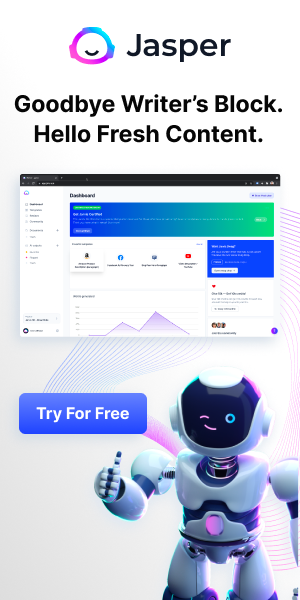
How much can you accomplish with not much?
That’s the question du jour for every entrepreneur. Investors are obsessed with “capital efficient’’ businesses, and just like a spouse haranguing you to visit the gym more often, they believe that everything could be sleeker and more streamlined.
“If you’re going out to the investor community saying that you’re going to need $50 million or more to get to commercialization, it’s going to be a tough slog,’’ says Rob Day, a Boston investor who focuses on the energy industry. “There has unquestionably been a shift to more capital efficient companies over the last two or three years.’’



















